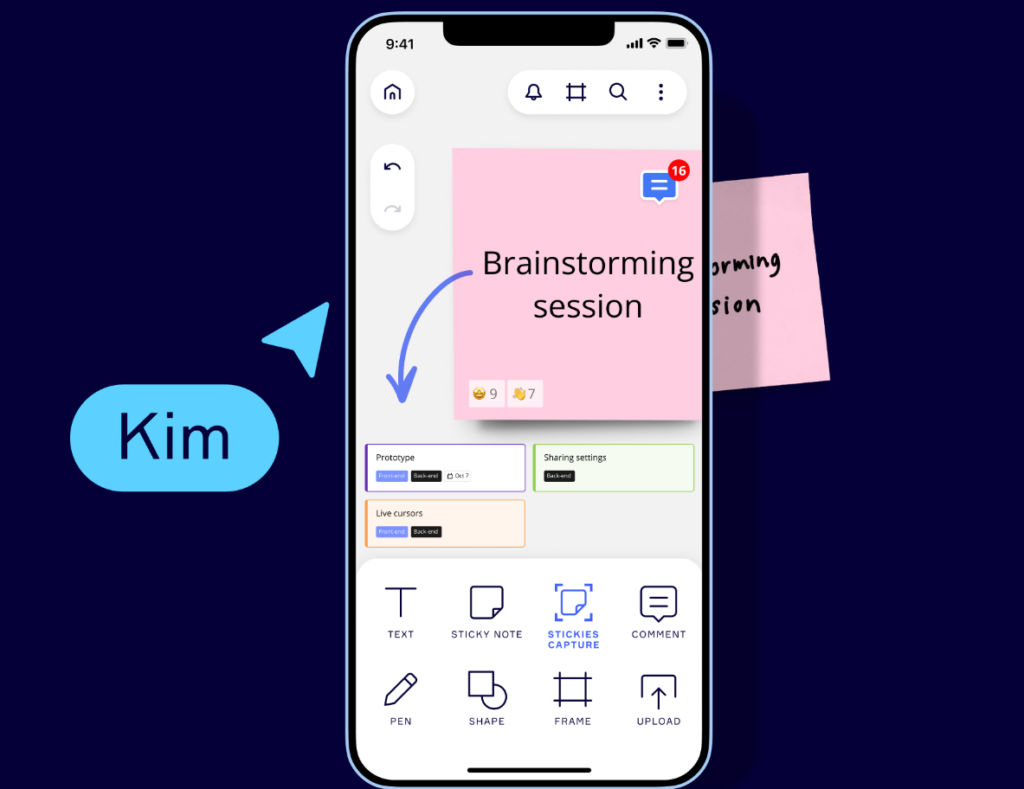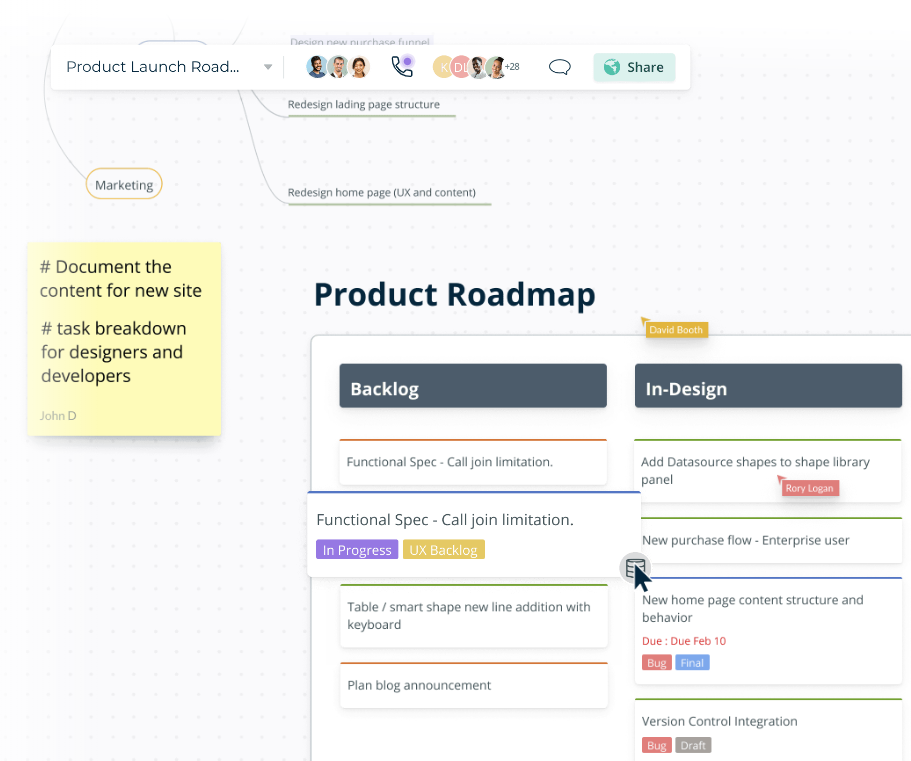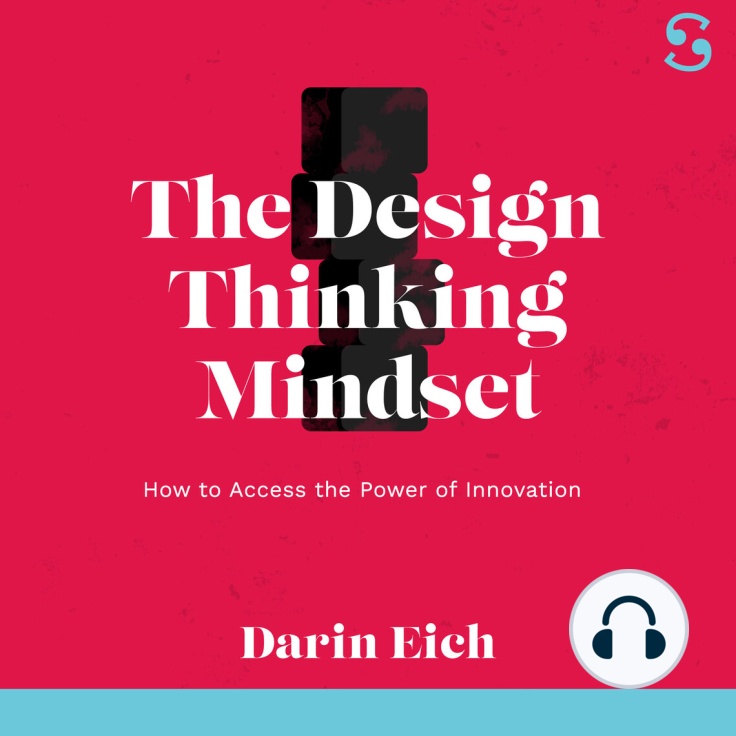Digital Sticky Notes: Using Miro Stickies Capture to Digitize Post-it Notes
Miro, Software ToolsDigital sticky notes, especially when harnessed with tools like Miro, are a powerful addition to the modern workspace. They offer an efficient way to capture, organize, and collaborate on ideas.
Digital Sticky Notes: Using Miro Stickies Capture to Digitize Post-it Notes Read More »









